Earwig vs Termite: 10 Points of Separation
When dealing with pests, it’s important to know how to tell them apart. This article explores some prominent points of “earwig vs termite”. These two insects can sometimes be confused with each other, but by examining their physical traits, where they live, how they behave, and the impacts they have, we can gain a better understanding of these fascinating creatures.
What are Earwigs?
Earwigs, scientifically known as dermaptera, are nocturnal insects with long bodies and pincer-like appendages at the back of their abdomens. They like damp and dark places, such as gardens and under rocks. Despite their name, earwigs don’t harm humans and mainly eat decomposing plants and insects.
What are Termites?
A few questions come to mind before learning about Termites, such as: what are termites related to? What are termites classified as? , and what are termites attracted to? Termites are a type of social insect found in the Isoptera order. They are closely related to cockroaches and are classified as eusocial insects, meaning they live in highly organized colonies with specialized castes.
Termites are attracted to cellulose-rich materials, such as wood because it serves as their primary food source. Their ability to break down cellulose is facilitated by a symbiotic relationship with microorganisms in their digestive system. This unique adaptation allows termites to thrive in diverse habitats and utilize wood as a valuable resource.
Do Earwigs Look Like Termite?
No, earwigs do not look like termites. Earwigs have long bodies and pincer-like appendages at the back that look like small pinchers. They may also have wings. In contrast, termites have pale, squishy bodies, straight antennae, and no eyes. They don’t have the pincer-like appendages that earwigs have. Even though both insects are small and can be similar in size, they have different physical appearances.
Do Earwigs Eat Termites?
No, earwigs do not usually eat termites as their primary food. Earwigs eat various things, like decomposing plants, insects, mites, and aphids. They don’t specifically target termites as their primary source of food. However, termites primarily consume cellulose-based foods, such as wood. So, each insect has its preferred food and doesn’t typically rely on the other as a food source.
Are Earwigs a Sign of Termites?
Contrary to popular belief, earwigs do not always indicate the presence of termites. Earwigs and termites are different insects with distinct characteristics and behaviors. While termites are known for causing damage to wooden structures, earwigs are typically harmless and do not pose a significant threat to buildings.
Earwigs are commonly found in outdoor environments, such as gardens, flowerbeds, and damp areas. If you suspect a termite infestation, it’s essential to look for specific signs of termites, such as mud tubes, wood damage, discarded wings, or frass (termite droppings). Accurately identifying the presence of termites and determining the best course of treatment requires consulting with a professional pest control agency.
Comparison of Physical Characteristics
When comparing the physical traits of earwigs and termites, several differences stand out. Earwigs have long bodies, measuring from 0.5 to 1 inch, and they have pincer-like cerci at the end of their abdomens. Termites have a similar body length but lack these distinctive cerci. Additionally, termites may have wings during their reproductive stage, while earwigs do not have wings.
Comparison of Habitats
The habitat difference between termites and earwig is as earwigs prefer moist environments such as gardens, flowerbeds, and decaying vegetation. They seek shelter in dark and damp areas like crevices, under rocks, and in the soil. Termites, on the other hand, build extensive colonies in wooden structures or underground. They need a constant source of moisture and are often found in humid areas or near water sources.
Comparison of Behavior and Diet
Earwigs are active at night and scavenge for food. Decomposing vegetation, aphids, mites, and other insects comprise the bulk of their diet. Aside from being a minor annoyance in gardens and houses, they pose little real threat to buildings or crops.

In contrast, termites are voracious eaters and pose a severe threat to wooden constructions. Their social hierarchy is rather intricate, with several castes responsible for things like food gathering, nest construction, and child-rearing. Termites consume cellulose-rich materials like wood, breaking it down to use as their food source.
Comparison of Impact and Significance
Earwigs may be bothersome in gardens or homes, but they typically don’t cause major damage or pose a significant threat to human structures. Termites, on the other hand, are infamous for silently destroying wooden structures, leading to substantial financial losses. While termites play a vital role in the ecosystem by decomposing dead wood in forests, their presence in human-made structures can be devastating if not managed effectively.
Earwig vs. Termite: 10 Crucial Differences You Need to Know
In the world of pests, distinguishing between different species is crucial. These common insects may seem similar at first glance, but by exploring ten key differences, we’ll uncover the distinct characteristics that set them apart.
Physical Appearance
Earwigs, with their elongated bodies and pincer-like cerci, stand out. On the other hand, termites have similar body lengths but lack these distinctive appendages.
Winged Warriors
During their reproductive stages, some termites develop wings, while earwigs don’t possess wings at all.
Preferred Abodes
Earwigs seek refuge in damp and dark environments like gardens and under rocks. Termites, however, establish extensive colonies within wooden structures or underground.
Behavior and Diet
Earwigs are nocturnal scavengers, feasting on decomposing plant matter and small insects. Termites, on the other hand, are relentless feeders that pose a significant threat to wooden structures, as they consume cellulose-rich materials like wood.
Impact on Humans
While earwigs can be a nuisance in gardens or homes, they don’t cause extensive damage to structures. Termites, in contrast, are notorious for silently destroying wooden constructions, resulting in significant financial losses.
Nesting Habits
Earwigs seek shelter during the day in dark and damp areas such as crevices, while termites construct complex nests and tunnels using a mixture of soil, saliva, and feces.
Environmental Preferences
Earwigs thrive in moist environments, while termites require a constant source of moisture and are commonly found in areas with high humidity or near water sources.
Ecological Role
Termites are crucial members of the forest community because of their role in decomposing dead wood. Earwigs, however, do not have a significant impact on ecosystems.
Threat to Structures
Earwigs generally pose minimal threats to human-made structures. In contrast, termites’ ability to damage wooden constructions can have severe consequences if not managed effectively.
Pest Management
Understanding the unique characteristics and behaviors of earwigs and termites is crucial for implementing appropriate pest management strategies tailored to each species.
In the earwig versus termite showdown, these ten separation points shed light on the remarkable differences between these insects. From physical traits and habitats to behaviors and impacts, recognizing these distinctions empowers us to make informed decisions in pest control and protection efforts.

Do termites have pincers on back?
Termites do not have pincers on their back. Termites belonging to the order Isoptera have soft bodies and straight antennae. They are social insects known for causing significant damage to wooden structures.
While termites may exhibit various physical characteristics depending on their caste and stage of development, they lack the pincer-like appendages commonly associated with earwigs. Using their mandibles, termites generally consume cellulose-rich materials like wood. Recognizing these external distinctions can aid in precise identification and better pest control measures.
How to Get Rid of Termites and Earwigs
Getting rid of termites and earwigs requires different approaches due to their distinct behaviors and habitats. Here are some general methods to help control and eliminate both pests:
Termites
Consult a professional
Termites can be challenging to eradicate without expert assistance. Get in touch with a pest control company for an in-depth evaluation and recommendations.
Soil treatment
Termites can be stopped in their tracks by treating the soil surrounding your home’s foundation.
Termite Baits
Termite bait stations can help monitor and control termite activity. These stations contain materials that attract termites and subsequently eliminate the colony.
Direct Treatment
Directly treating infested areas with termiticides can be effective in eliminating active termite colonies.
Earwigs
Reduce dampness
Since earwigs like humid conditions, eliminating standing water around your house is one way to deter them. Fix any leaks or moisture issues and ensure proper drainage.
Remove Hiding Places
Earwigs like to hide in dark, damp areas: clear debris, woodpiles, and clutter from your yard to eliminate potential hiding spots.
Create Barriers
Apply residual insecticide or natural deterrents around entry points such as doorways, windows, and foundation cracks to create a barrier that repels earwigs.
Indoor Management
Use sticky traps or damp newspapers placed in problem areas to capture earwigs indoors. Vacuuming can also be effective for removing them.
For both termites and earwigs, it’s essential to address any underlying conditions that may attract or support their presence. Regular maintenance, such as sealing cracks and gaps, repairing damaged wood, and keeping the surroundings clean, can help prevent infestations. However, it is recommended that you consult a professional pest control service to determine the severity of the infestation and the most effective course of action
Conclusion:-
In conclusion, understanding the differences between earwigs and termites is essential for effective pest management. Earwigs, with their elongated bodies and pincer-like appendages, prefer damp habitats and primarily feed on decomposing matter. On the other hand, termites are known for causing significant damage to wooden structures, living in colonies, and consuming cellulose-rich materials like wood. By recognizing these distinctions, we can make informed decisions to protect our homes and environments. If you see any of these symptoms, it’s best to contact a pest control company to make a proper diagnosis and get rid of the problem.
Related:– Termites In Ohio
FAQ’s:
No, most earwig species are beneficial or harmless to humans. While they have pincers, they are used for defense and are not harmful to people. Earwigs are sometimes used for pest control and the decomposition of organic materials. However, some species can be garden pests, causing minor plant damage. Overall, earwigs are generally harmless to humans.
No, earwigs do not destroy wood. They do not actively damage or cause harm to wooden structures. Scavengers by nature, earwigs eat things like dead insects, rotting vegetation, and other insects. While they may occasionally seek shelter in crevices or cracks in wood, they do not actively damage or destroy the wood itself.
Yes, earwigs have the capability to bite, but they typically only do so when they feel threatened or cornered. Their pincers, located at the end of their abdomen, can be used for defensive purposes. However, it’s important to note that earwig bites are rare, and the pinch is usually not severe. Like termite bites,the bites of most earwig species are not dangerous to humans and seldom even hurt.
While earwigs may occasionally enter homes, they prefer outdoor environments. Female earwigs lay eggs in sheltered locations, but they are unlikely to lay eggs inside a house unless there are specific attractants like moisture or food sources. Preventive measures can minimize the chances of earwigs or other pests establishing a presence indoors.
Earwigs do not actively avoid humans. They are not explicitly attracted to or repelled by humans. Earwigs are nocturnal insects that prefer dark, damp areas and are often found in outdoor environments such as gardens, flower beds, and under debris.

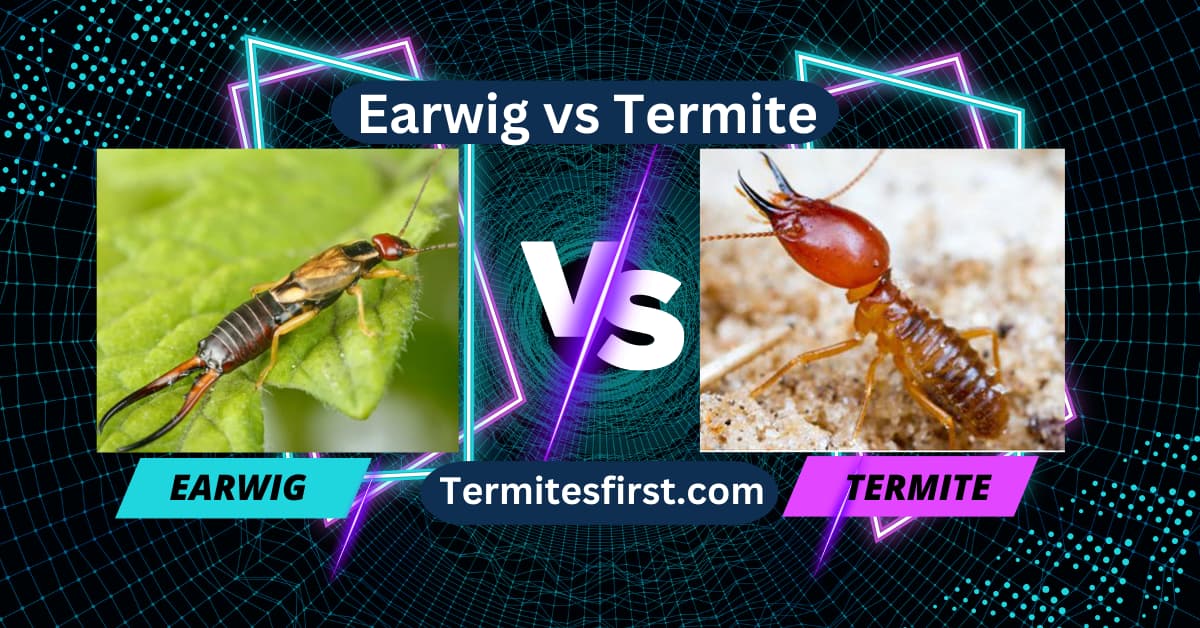
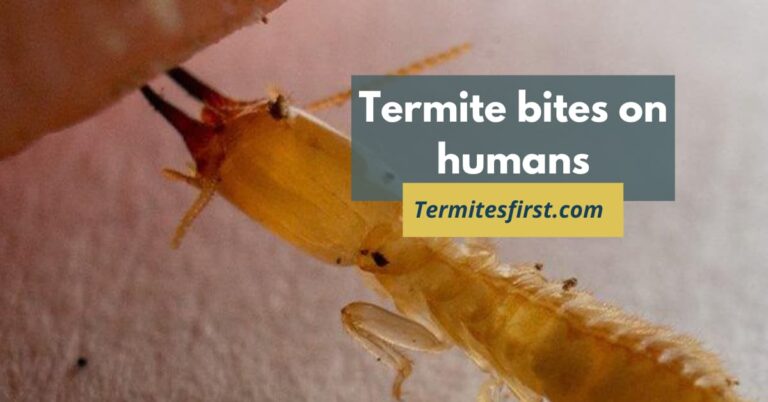
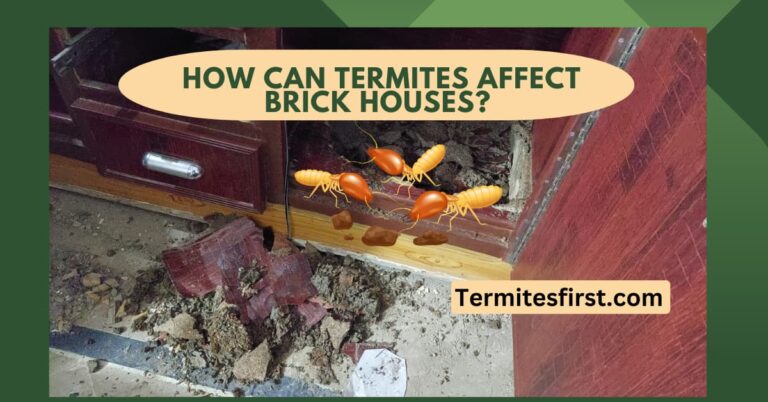

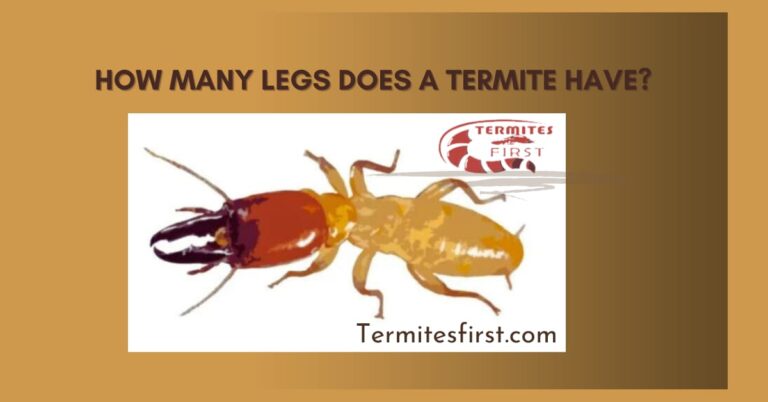
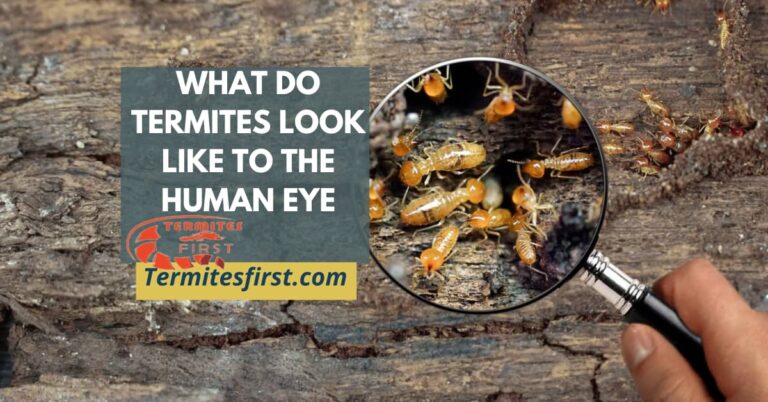
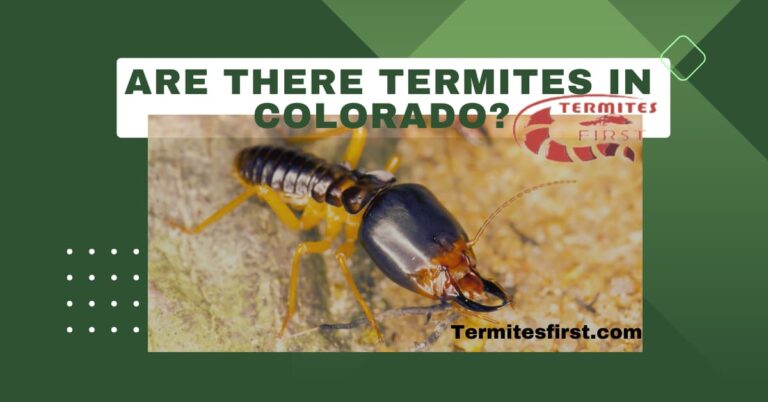
One Comment